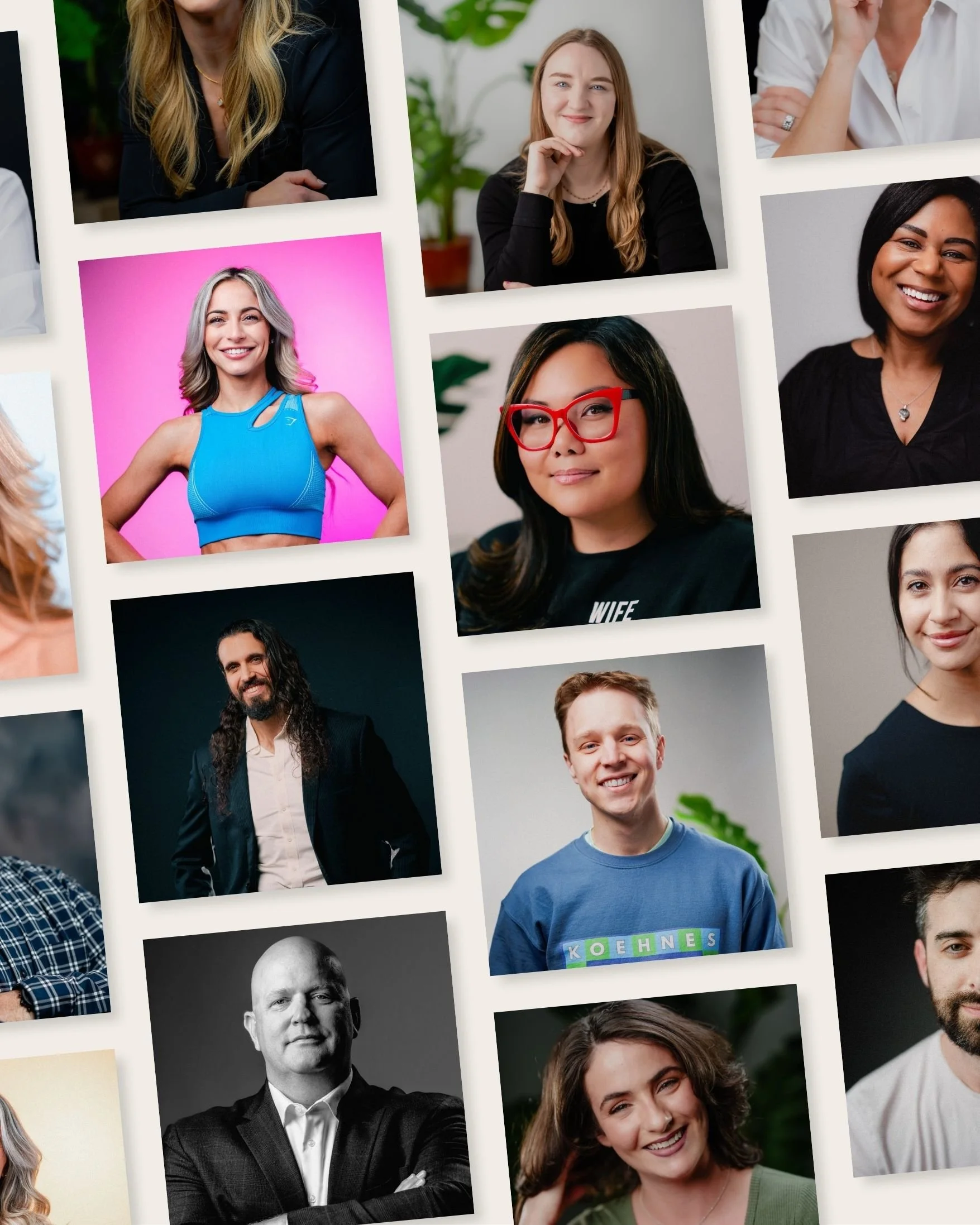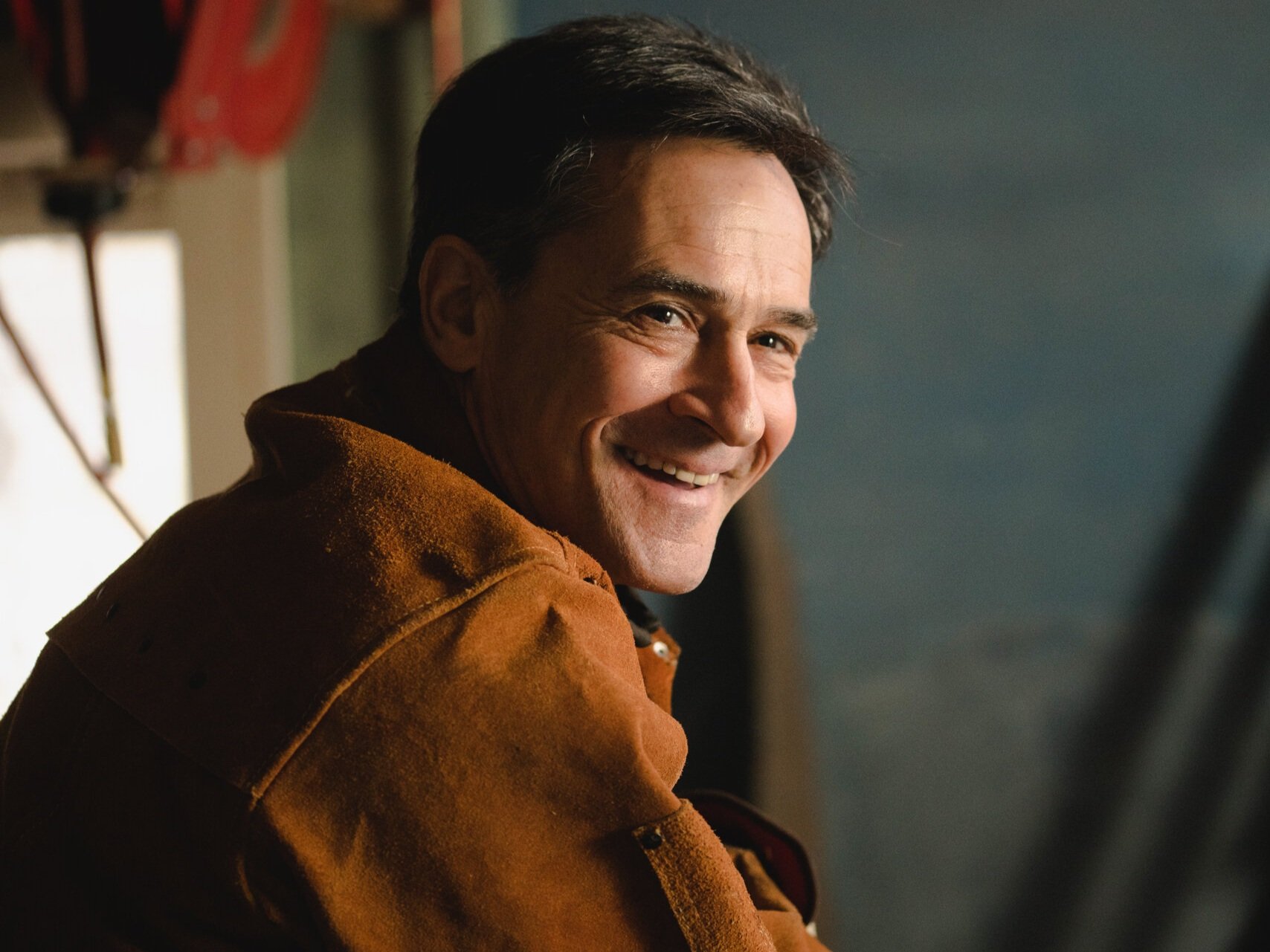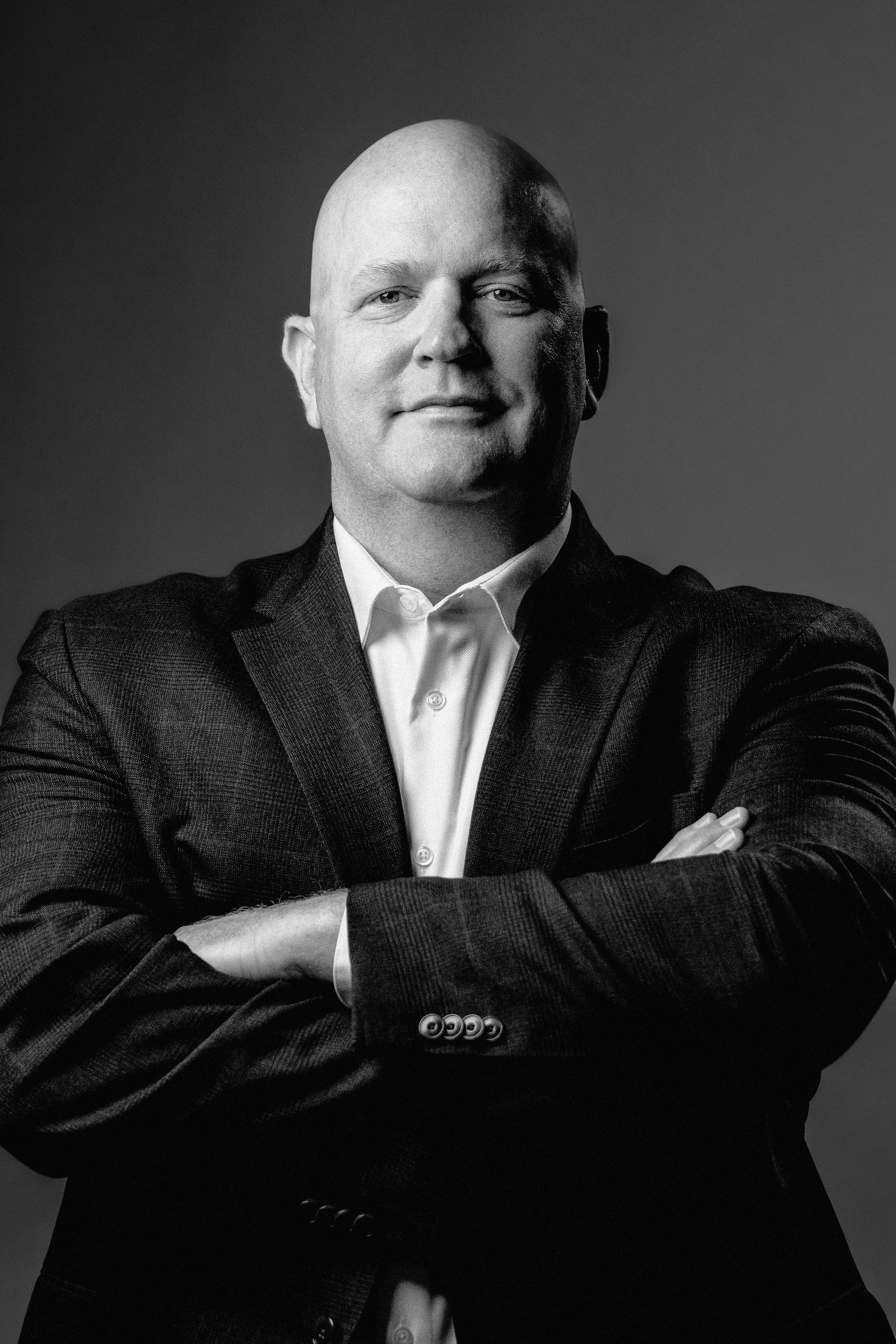
NJ Headshot Photographer
First impressions matter.
Don’t loose opportunities before they even meet you. We Help Real People Stand out in competitive markets with impactful portrait photography.
Get a professional headshot that is authentic , stands out and brands your credibility
We run a local studio right in Rockaway, NJ.
packages as low as $100 per person
Travel Options Available.
Timeline Visuals proudly serves clients throughout northern New Jersey, offering professional photography and video production within 20 miles of Rockaway, NJ. Our service areas include nearby towns such as Denville, Dover, Randolph, Boonton, Kinnelon, Jefferson Township, West Milford, Wharton, Succasunna, Roxbury Township, Rockaway Borough, East Hanover, Florham Park, Madison, Lincoln Park, Hopatcong, Morris Township, Mountain Lakes, Mount Olive, and Morris Plains. Whether you’re planning a wedding, branding your business, or capturing special moments, we provide high-quality visuals and personalized service across Morris County and surrounding regions.
Look like a pro.
A good headshot is a testament to you and your team’s credibility — it reflects professionalism, approachability, and the confidence behind your brand.
41% of recruiters say seeing a picture of a candidate before meeting them influences their first impression.
-Accrding to Jobvite
We make Getting a headshot easy & Affordable.
Choose a package.
Select the package and style that works for you.
Schedule Online
We make it easy to book online. No back and fourth emails on availability and you can always reschedule within 24 hours of your session.
Stand out and book today.
Look like the Pro.
Get a full gallery of photos that make you look like the professional you are.
Looking for volume headshots?
f you have a large company event and are looking for headshots while everyone is in one place. You can reach out here for a custom quote. Discounted pricing starting for 10+ people

























Our Headshot Services
FAQ
-
Choosing the right attire for a headshot hinges on its intended purpose, whether it's for professional, acting, modeling, social media, or academic use. Generally, opt for solid colors, well-fitted clothing, and styles that reflect your personal or professional brand. Business headshots demand formal attire like suits, while acting headshots should align with desired character types. Modeling headshots favor simple, form-fitting tops, and social media allows for more personal expression. Academic headshots require a scholarly look. Regardless of the context, ensure clothing is clean, ironed, and complements your skin tone, and avoid distracting patterns or bright colors. Ultimately, the goal is to project confidence and accurately represent yourself.
-
The frequency of headshot updates varies: professional headshots should be refreshed every 1-2 years or after significant appearance changes, acting headshots need updates more often to reflect current looks and casting types, and modeling headshots require frequent updates to match evolving portfolios. Social media and personal branding headshots can be updated as needed to reflect current style and brand, while academic headshots may last longer unless there are substantial changes. Ultimately, the need for an update is dictated by maintaining a relevant and accurate representation of yourself.
-
A typical headshot session usually lasts between 30 minutes to 90 minutes, allowing time for multiple poses and outfit changes, but this can vary depending on the photographer and package. Most packages include a certain number of edited, high-resolution digital images, with options for additional retouches or prints; be sure to clarify the specifics, such as the turnaround time for receiving your final photos and whether any on-site viewing or selection is offered.
-
Professional headshot photographers often utilize studio lighting to control shadows and highlights, creating a polished and consistent look, though natural light can be used for softer, more casual shots. Backgrounds are typically simple and neutral, like a solid color or subtle gradient, to keep the focus on the subject; the photographer's choice of lighting and background is designed to complement your features and project the desired image.
-
Absolutely, a skilled headshot photographer will guide you through posing and expressions to achieve a natural and confident look. They'll provide direction on posture, angles, and facial expressions, helping you feel comfortable in front of the camera. Photographers will also offer tips on how to relax and convey the appropriate emotion for your headshot's purpose, ensuring your personality shines through















